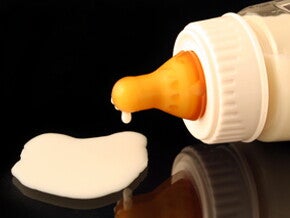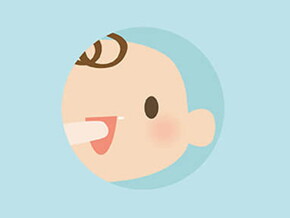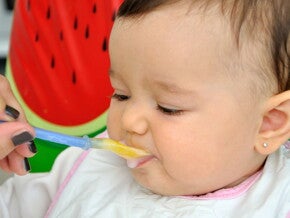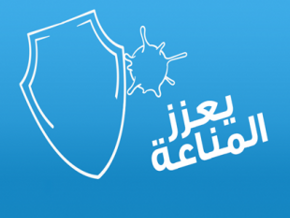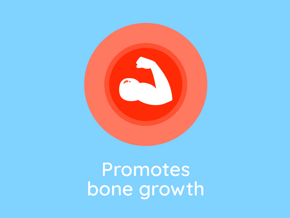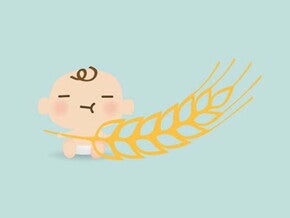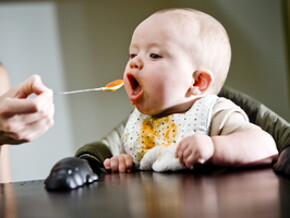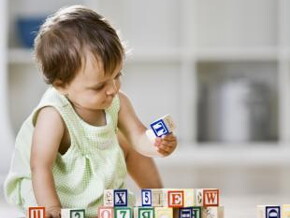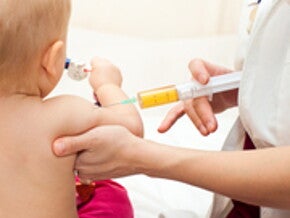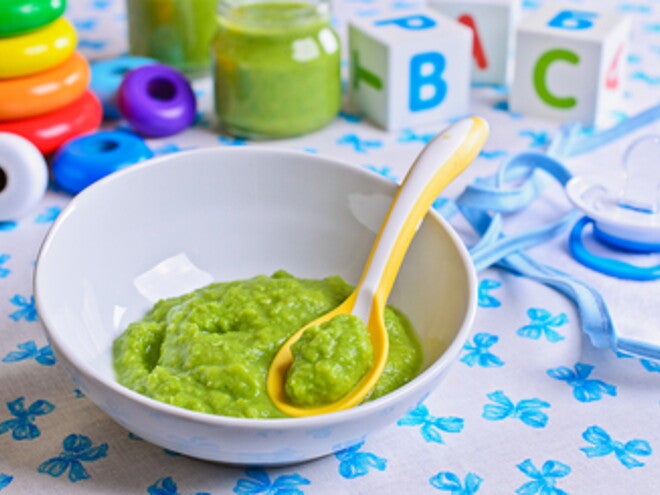
Iron Metabolism In Infants And Children
Iron Metabolism In Early Childhood
IMPORTANT NOTICE: The World Health Organization (WHO) recommends exclusive breastfeeding for the first 6 months and continued breastfeeding for as long as possible. Growing up milks are formulated to meet nutrition needs of healthy young children older than 1 year and should not be fed to infants.
Iron metabolism is a set of chemical reactions that maintain iron balance in the human body.
Iron is an essential dietary nutrient for all life stages. In this article, we will highlight its importance and disorders in babies and toddlers, so read on more more on the topic!
To start, we must remind you that iron is an essential mineral for the growth and development of healthy infants and children, given its major role in stimulating blood cells to produce hemoglobin, which delivers oxygen to the organs, muscles and tissues.
According to studies and research, iron deficiency can affect a baby’s activity and growth, triggering various symptoms —such as paleness, lack of appetite, irritability, and slow weight gain.
Yet, how much iron is enough for babies and toddlers?
As a matter of fact, babies are born with sufficient stores of iron, which they would have been given by their mothers during pregnancy.
For the first six months of life, babies will get their daily iron needs from breastfeeding.
Once babies are 6 months old, breast milk will no longer be enough to fulfill those needs,so mothers will have to move to complementary feeding during which they gradually introduce their babies to the right nutritional food that will keep them safe from iron deficiency.
When babies start on solid foods, their daily needs of iron will vary depending on their age and the nature of their bodies. It will typically range between 11 mg for babies aged 7 to 12 months and 7 mg for toddlers aged 1 to 3 years.
Iron RDA can be obtained from iron-rich foods, such as meat, chicken, turkey, fish, eggs, cereals, pulses (like lentils and chickpeas) and vegetables (like spinach and broccoli),along with vitamin C sources that enhance iron absorption, such as tomato, lemon and red pepper.
Experts do not generally recommend giving supplements to children as long as the latter’s nutritional regimens include sufficient and appropriate amounts of iron.
So, if your child is not getting enough iron from his diet, do not hesitate to consult his pediatrician who will do all he can to protect him from disorders and diseases associated with iron malabsorption or low/high levels of iron.
As for iron malabsorption, it is either caused by inflammation, infection, intrinsic disease, or injury to the lining of the intestine where the absorption of nutrients and fluids occurs. Sometimes, malabsorption is due to the body’s incapacity to produce the enzymes needed to digest some types of food or to adequately mix the food with the intestinal acids and enzymes. Not to mention that congenital malformations, celiac disease and Crohn's disease may also lead to malabsorption.
Common symptoms of iron malabsorption may include anemia, diarrhea, weight loss and tongue ulcers.
Concerning iron deficiency, it may be triggered by diets lacking iron or by diets rich in vitamins, fibers, phosphate and tannic acid. Sometimes, it is caused by the body’s failure to absorb iron.
Common symptoms of iron deficiency or iron-deficiency anemia may include: pale skin, chronic fatigue, slow cognitive development, and imbalanced body temperature.
Too much iron can be just as bad as too little. Experts confirm that high levels of iron in the blood can possibly damage your baby’s liver and heart, leading to other chronic diseases, such as diabetes.
Common symptoms of iron overload may include: joint pain, abdominal pain, heart diseases and liver disorders.
Iron is one of the most important and essential dietary minerals for a baby’s health and development. Mothers should therefore supervise their children’s diet to ensure they are getting their daily intake of iron and all nutrients they need for better health!
Read More: Infant Feeding And Later Obesity Risk



